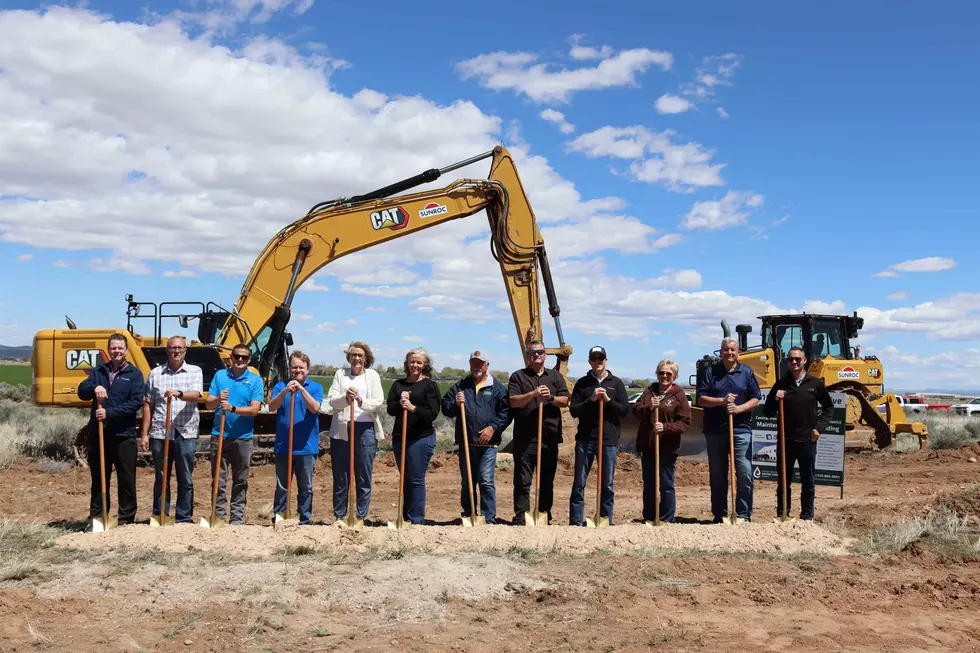
Central Iron County Water District Save 6.5 Billion Gallons Of Water Over 6 Years
With summer days getting shorter, some may be looking ahead and wondering if we will have another winter like the record breaking season we had last year. Our region was certainly blessed exceptional snowfall which gave us a better water picture throuh this summer.
But in addition to nature coming through in a big way to help us, the Central Iron County Water Conservancy District (CICWCD) has been working on and completing projects all designed to increase our water resources.
The District strives to improve the Cedar Valley’s underground water levels in many ways, and one of the most productive has been its efforts to conserve the water that previously would have evaporated in dry lake beds. That is done through recharge facilities, where the excess surface water is directed to areas where it can soak into the ground and eventually into the aquifer.
Over this last spring, CICWCD expanded the Schmidt Pit Recharge Facility, adding two more pits where excess water could seep into the underground aquifer. Tracy Feltner, District Water Operator, said they were able to use the Iron County gravel pit and the Cedar City gravel pit to expand the system. Using pipes to connect the recharge basins, the additional pits now act as overflow to the Schmidt Pit that has been part of the District’s recharge efforts since 2017.
Feltner added that there are plans to increase the size of the intake diversion from Coal Creek to those three pits, allowing them to hold and recharge even more water during future spring snowmelt.
In a press release Feltner said, “The future will be that we will increase the capacity and ability of taking excess water out of Coal Creek into those recharge basins.”
Some 6,300 acre-feet of water was recharged between October of 2022 and June of this year. Added to efforts of the last six years, a total of over 20,000 acre-feet of water has been recharged or some 6.5 billion gallons of water.
Work has also been going on at Quichapa Lake. In the past, water that that flowed from Coal Creek ended up at Quichapa. That dry lake bed is silty, and water can not permeate the ground there. So most of it stays on the surface and evaporates. Additionally, as the water collects, tests show the water with high levels of “total dissolved solids,” which renders the water as unusable.
This year, CICWCD was able to pump water from the northern portion of Quichapa Lake to a farmer's pivot. Because of this, the farmer didn't turn on his wells this year, leaving water he would have used in the aquifer.
Feltner said this is the first time that water out of Quichapa Lake has been able to be used. The pump in the lake was installed last year, and he has been very pleased with how well it has worked.
Western Rock Products owns the Shcmidt Pit and the larger Western Rock pit that was also used in the recharge efforts. CICWCD thanked the company for their continuing support through the use of the pits along employees and equipment helping with levees and dikes during the peak runoff season.
You can find out more about the work of the district by going to cicwcd.org.
LOOK: Was 2023 The Hottest Summer On Record?
More From KSUB 590/107.7









